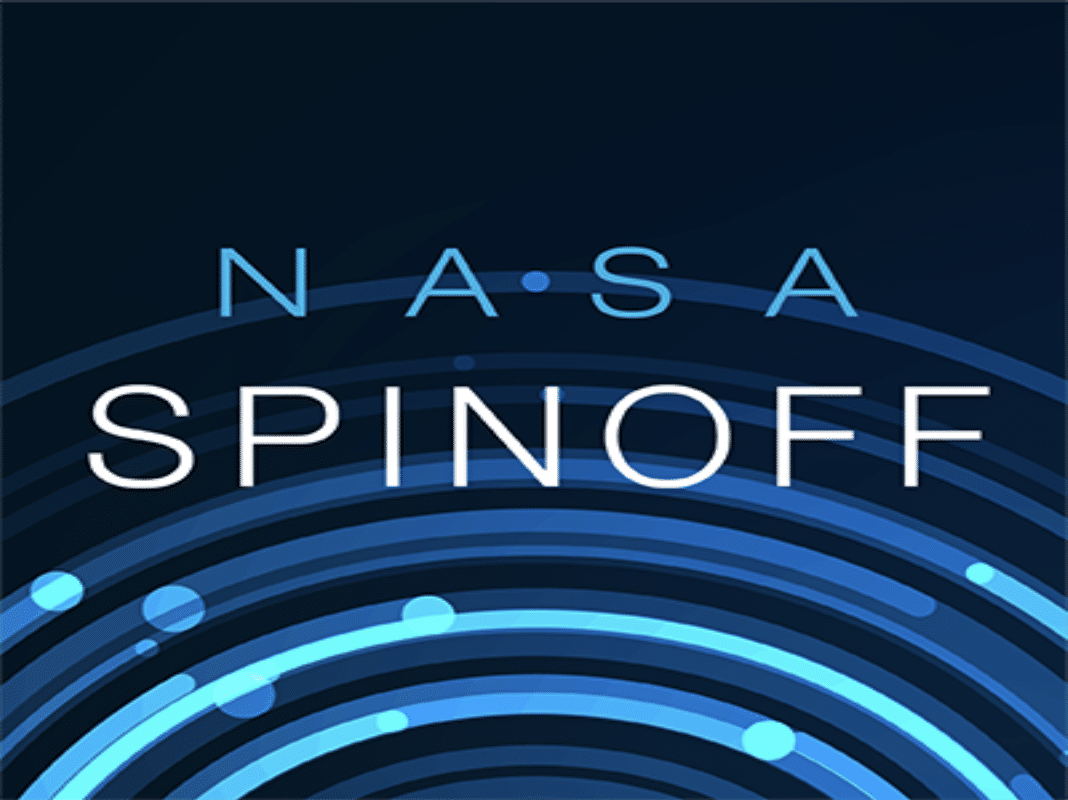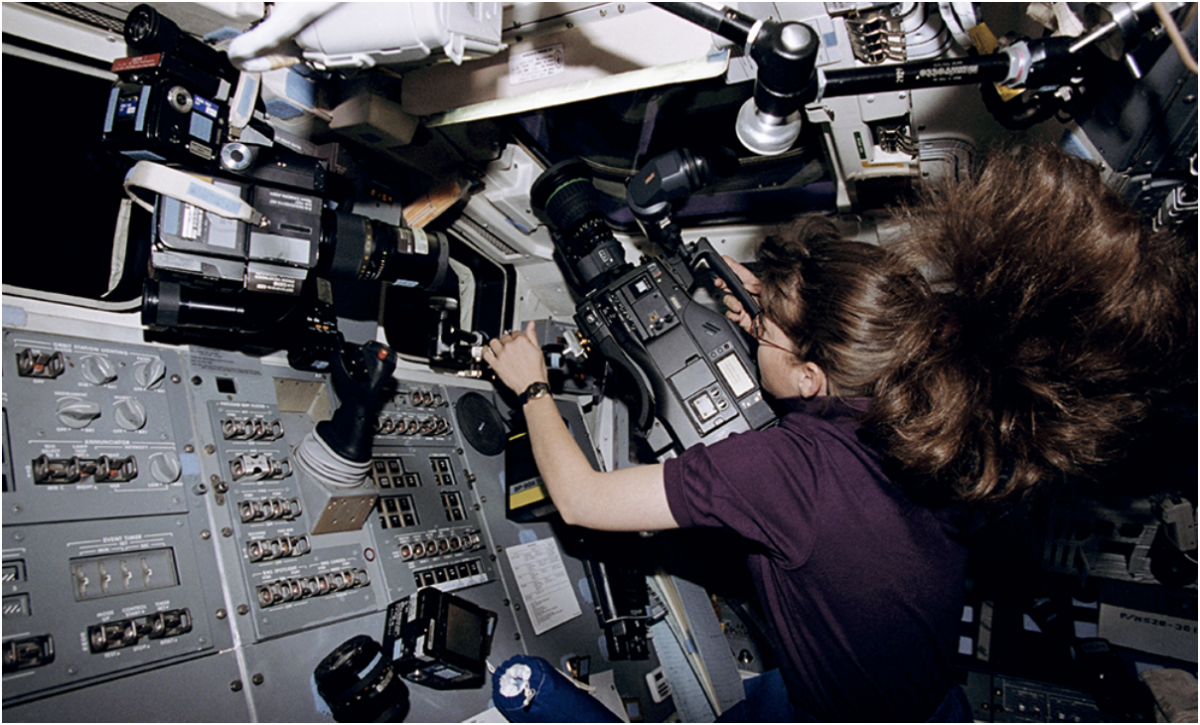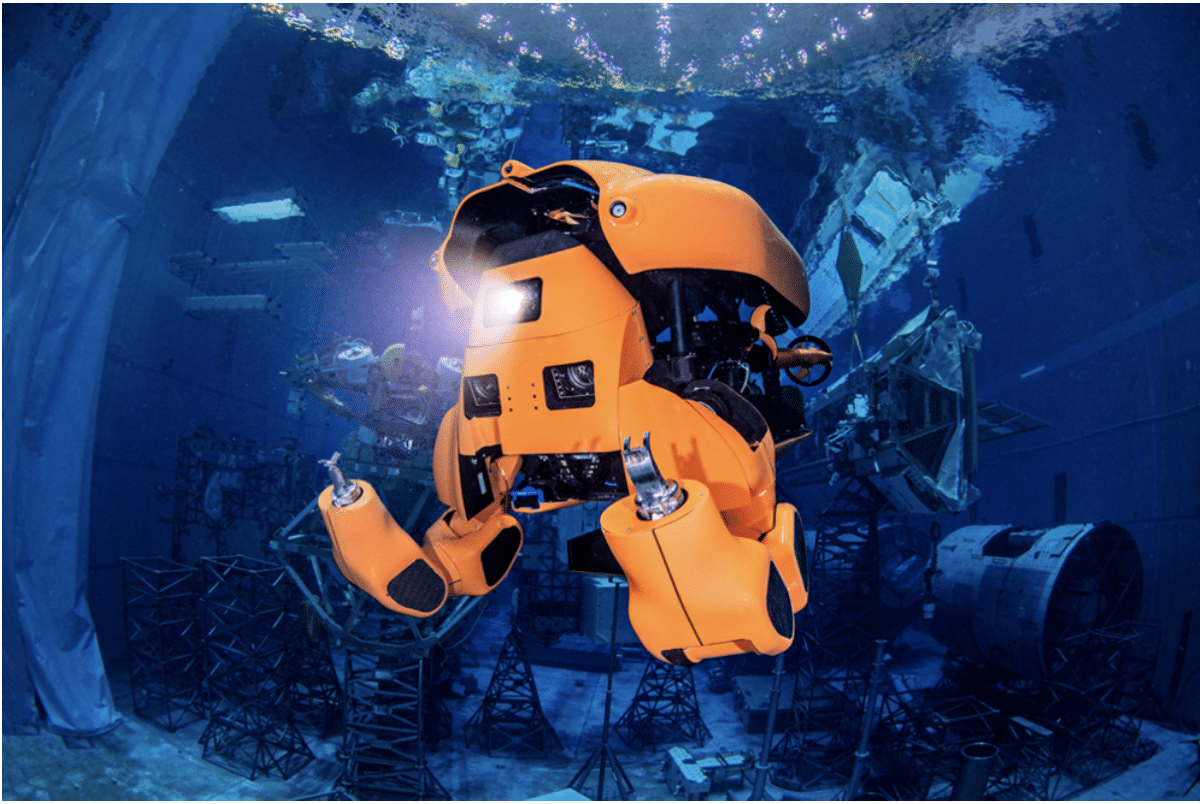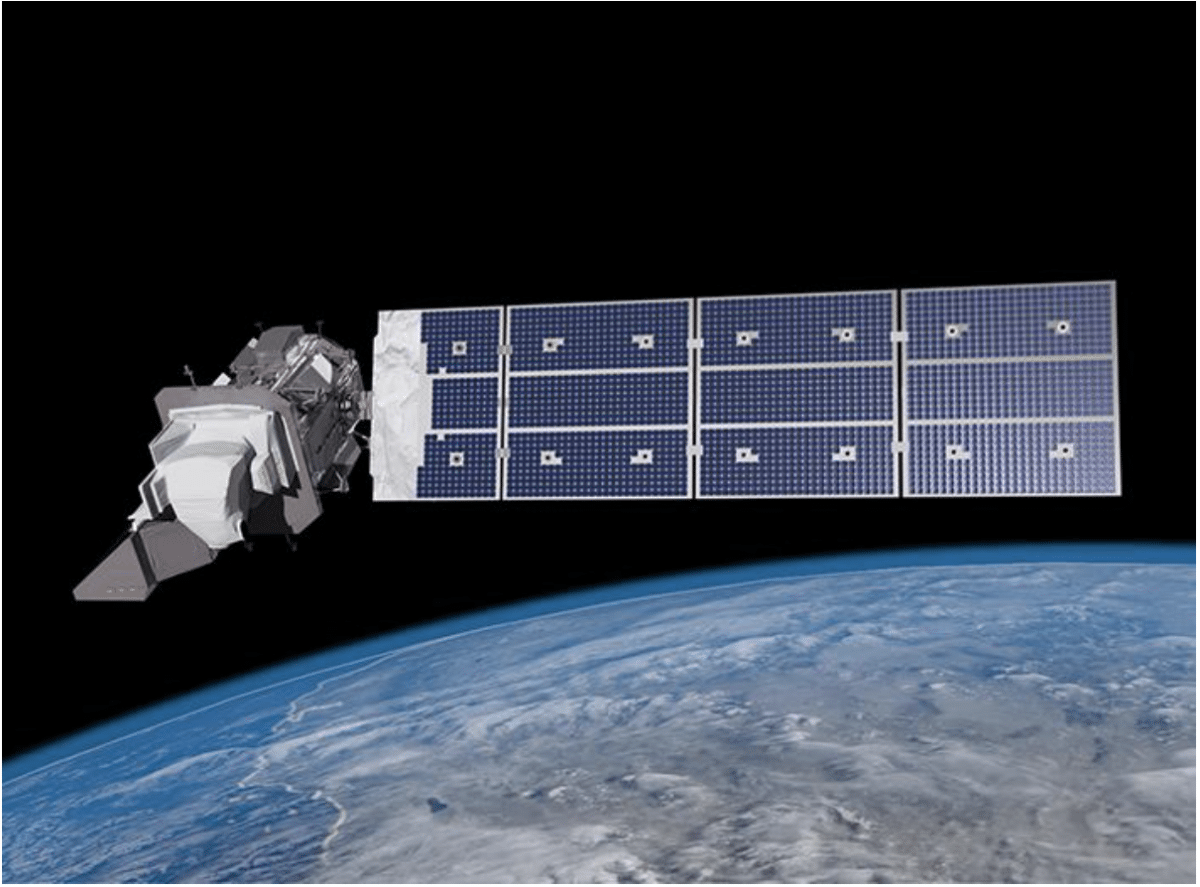The National Aeronautics and Space Administration (NASA) is phenomenal for conducting extensive research on aeronautics, earth, and space science and creating groundbreaking technology for space exploration. Through performing these duties, NASA has inspired the development of many commercial goods and services we use daily. These developments, dating as far back as 1976, all form a long list of spinoffs that will be discussed in this article.
History of NASA Spinoffs
The National Aeronautics and Space Administration was created on July 29, 1958, in response to the launch of the Soviet Union’s first satellite, Sputnik I. The Sputnik I satellite was launched on October 4, 1957, and it orbited the earth in 98 minutes.
The launch sparked fears that the Soviet Union could send missile weapons to the U.S. In a bid to retake its position at the forefront of technological development and calm the growing fears, the U.S. Congress created NASA. The sole aim of the administration was to develop, improve, and operate aeronautic and space vehicles and expand human knowledge of the concept of atmosphere and space, amongst other responsibilities listed in the final Space Act of 1958.

Upon creation, Congress made it mandatory for NASA to release its innovation information to the public and ensure it spread as far as possible. In obedience to this mandate, a protocol initially known as the Technology Transfer Program was created in 1964. Today, this protocol remains the oldest to be continuously operated by NASA. And the free information released from the TTP has spread deep into science and engineering communities, inspiring entrepreneurs in the private sector to adapt NASA technology for commercial use.
These products and services inspired by NASA technology are now referred to as NASA Spinoff products. The Spinoff success grew significantly such that NASA began making annual reports on them and presented them at congressional hearings. The reports were initially published in black and white print. However, following a large number of public interest in the publications, NASA started to make colored publications and has continued the practice ever since.
American author Robert A. Heinlein was one of the people that helped spread the word about NASA Spinoffs. In 1979, he stood before Congress and revealed that four out of NASA’s many Spinoff technologies helped to make his vascular bypass surgery successful. Today, NASA boasts over 2000 Spinoff technologies, and you can view all of them online with the NASA Spinoff app available for download on the Apple App Store.
NASA Spinoffs: More Details
From mundane things like your phone camera to life-saving firefighting equipment, NASA Spinoff products are closer to us than we can imagine. Thousands of successful businesses have drawn their starting ideas from NASA technologies, hundreds of thousands of lives have been saved by the existence of these businesses, and many millions of customers benefit daily from NASA Spinoffs. Below are some of NASA’s Spinoffs across different sectors.
Health and Medicine

Artificial Limbs
NASA’s funding allows the administration to research and discover new possibilities in robotics and shock-absorption materials. These innovations have helped private organizations improve existing solutions for animal and human prostheses.
The Environmental Robotics Incorporation develops the artificial muscle systems used by NASA for extravehicular and robotics activities. The muscle systems are equipped with actuation capabilities, and robot sensing is adapted to develop more functional and responsive artificial limbs.
Private sector businesses have also explored NASA’s temper foam technology to create custom materials with the texture and appearance of the human skin to cover the artificial limbs, reduce friction between the skin and the prosthesis, and prevent heat buildup.
Ventricular Assist Device
In conjunction with Dr. Michael DeBakey, Dr. George Noon, and MicroMed Technology Inc., NASA has created a substitute heart pump to be used by people awaiting a heart transplant. The device sustains the heart by ensuring enough blood is pumped before a donor’s heart can be found and surgery occurs.
Although there are other ventricular assist devices on the market, the NASA-inspired VAD provides better functionality. Its size is one-tenth of the average size of other available VADs. It reduces the chances of infections and works up to 8 hours on batteries, allowing patients to carry on with their daily activities without operational failure.
Infrared Ear Thermometers
NASA has also collaborated with Diatek Corporation to develop an aural thermometer that measures thermal radiation in a patient’s eardrum. The thermometer duplicates how NASA measures the temperature of the stars and our other planets. The aural thermometer measures the body temperature quickly while steering clear of the mucous membrane and is used for newborns and cripples. NASA largely support Diatek Corporation in the research and development of these thermometers through their Technology Affiliates Program.
Other notable NASA Spinoffs in the health and medicine sector include;
- Cochlear Implants: Devices that deliver hearing sensation to people whose hearing conditions cannot be treated with hearing aids.
- Light-emitting Diodes: Handheld LEDs are used as a last resort in treating tumors.
- Space Blanket: Lightweight blankets that reflect infrared radiation; often found in first aid kits.
Transportation

Aircraft Anti-Icing Systems
NASA scientists under the SBIT program developed one deicing and one DC-powered air conditioning system, Thermawing and Thermacool, respectively, for single-engine aircraft. Thermawing adopts the heating technology of jet-powered engines and allows pilots to navigate ice without casualties. The Thermacool uses an environmental-friendly, brushless DC motor and a rotary pump to provide cold air to the pilot before the engine starts. Both systems are powered using high-output alternators in the aircraft.
Chemical Detection
NASA contracted the Intelligent Optical Systems (IOS) to develop sensors that react to moisture and pH. These sensors were used to detect aircraft corrosion and change color when triggered. After working with NASA, the U.S. Department of Defense contracted IOS to use this technology to develop sensors for toxic compounds and nerve agents. Today, the IOS mass-produces and sells devices that help organizations detect chemical releases within their vicinity.
Safety

Firefighting Equipment
Most firefighting equipment used in the United States today are signoffs of breathing systems developed by NASA and the National Bureau of Standards for use on rocket casings. These pieces of equipment include face masks, harnesses, air bottles, etc., but the most widely-used firefighting equipment inspired by NASA is the breathing gear used to prevent smoke inhalation injury. NASA has also contributed to developing a cheaper and more effective radio device used by firefighters, a special mask used for firefighters to prevent burns to the face and head, and a heat-resistant material used in units of military and commercial firefighters.
Building Shock Absorbers
Cities like Tokyo and San Francisco now use seismic shock absorbers to reduce the effect of earthquakes on buildings. This technology was derived from the shock absorbers that NASA uses to remove fuel and electrical connectors from their space shuttle during launch.
Video Analyst Systems
The Video Analyst System software was developed by Intergraph Government Solutions to help FBI agents analyze the content of video footage. NASA’s innovations were instrumental in developing the VAS, which is now used for nighttime video tapes, converting analog videos into digital format, stabilizing footage, and increasing visibility. VAS is also used in the military for weapons deployment, training, and mission debriefing.
Industrial Productivity

Industrial Lasers
Industrial lasers are used for various applications, including cutting and drilling, welding, and material processing. They have significantly improved automotive, aerospace, construction, and medical productivity.
In addition to industrial lasers, NASA has also made advancements in other high-energy lasers that can be used for welding metal beams or cutting through stone walls. NASA helped pioneer lasers in space through its Deep Space Optical Communications project, which demonstrated high-speed data transmission between Earth and Mars using laser beams.
Industrial Robotics
In recent years, NASA has made significant advancements in the field of industrial robotics. NASA developed a robotic gripper capable of handling delicate objects without damaging them and used it to assemble an antenna for the International Space Station (ISS). The project aimed to improve how robots work in space for future missions, such as building habitats on other planets or repairing damage caused by microgravity-induced corrosion.
Welding Processes
NASA has also made significant contributions to the field of welding processes used in space. The agency developed a new type of plasma arc welding that can be used in zero gravity environments, which could help astronauts repair damage to spacecraft and other equipment quickly.
Industrial Computers
Another area where NASA has significantly contributed is the development of industrial computers. The agency developed the first computerized guidance system for Apollo 11’s lunar module, allowing astronauts to land on the moon precisely. NASA has also worked with companies such as International Business Machines (IBM) to develop new supercomputers capable of performing complex calculations in space.
Improved Water Filtration Systems
NASA has developed several water filtration systems for astronauts, including the Advanced Water Purification System (AWPS) and the Life Support Assembly (LSA). The AWPS is used on the International Space Station (ISS), while the LSA is used in NASA’s Orion spacecraft. Both systems are designed to remove bacteria from drinking water and other contaminants such as chemicals and viruses.
Information Technology

The Satellite Control Network (SCN)
The Satellite Control Network (SCN) is a computer network that controls the numerous satellites that NASA uses for communication, Earth observation, and research. The SCN provides real-time data to support space missions and allows scientists to monitor and study our planet from above. This allows researchers to gather data on weather patterns, climate change, natural disasters, and more.
The Space Network (SN)
The Space Network (SN) is a global ground station that communicates between NASA’s space missions and Mission Control in Houston. The network provides near-real-time data to support space exploration, such as when astronauts need to send an emergency message back to Earth or when scientists need to receive new information from their satellites.
The Tracking and Data Relay Satellite System (TDRS)
TDRS is a series of satellites and ground stations that provide communication links between NASA’s mission control centers and its spacecraft. The Tracking and Data Relay Satellite System (TDRS) is used to track all active space missions’ position, speed, altitude, health, and safety status. It also provides high-speed radio communications with Earth for data transfer from the space shuttle during launch and landing and for other spacecraft in orbit around Earth or further away in deep space. The TDRS consists of three primary components: a space segment, a ground segment, and an on-orbit spare satellite.
Where Can I Find All NASA Spinoffs?
NASA’s technologies have benefited more sectors than we can cover in one article. Water purification systems, TEMPUR foam, nutrient-rich baby foods, gold plating, mine safety, etc., are other examples of the long list of NASA Spinoffs. NASA sends copies of its Spinoff to politicians, UN representatives, CEOs, scientists, etc. Still, you can catch up on these SPinoffs by downloading the NASA Spinoff app, available only for iPads on the Apple App Store.
